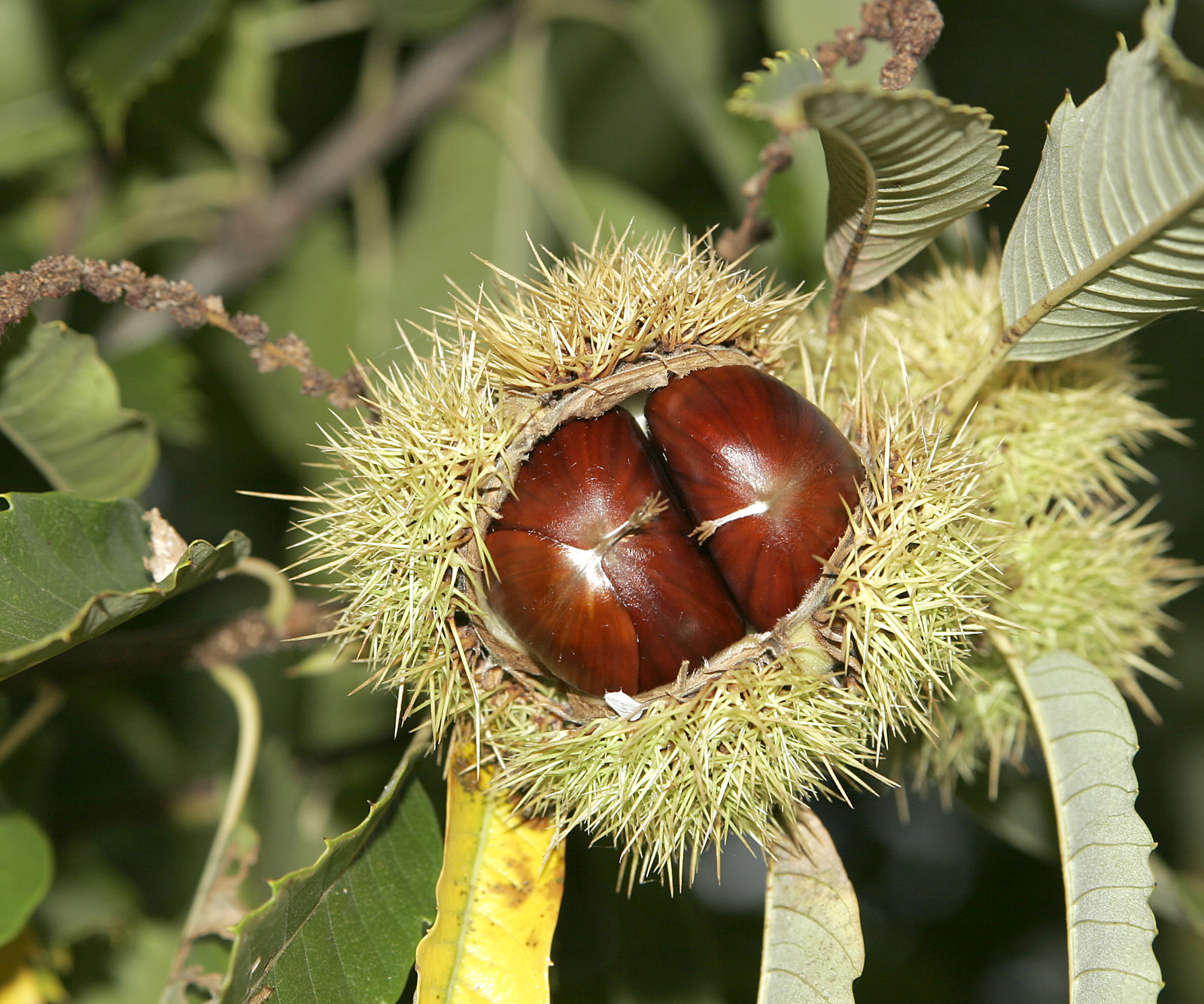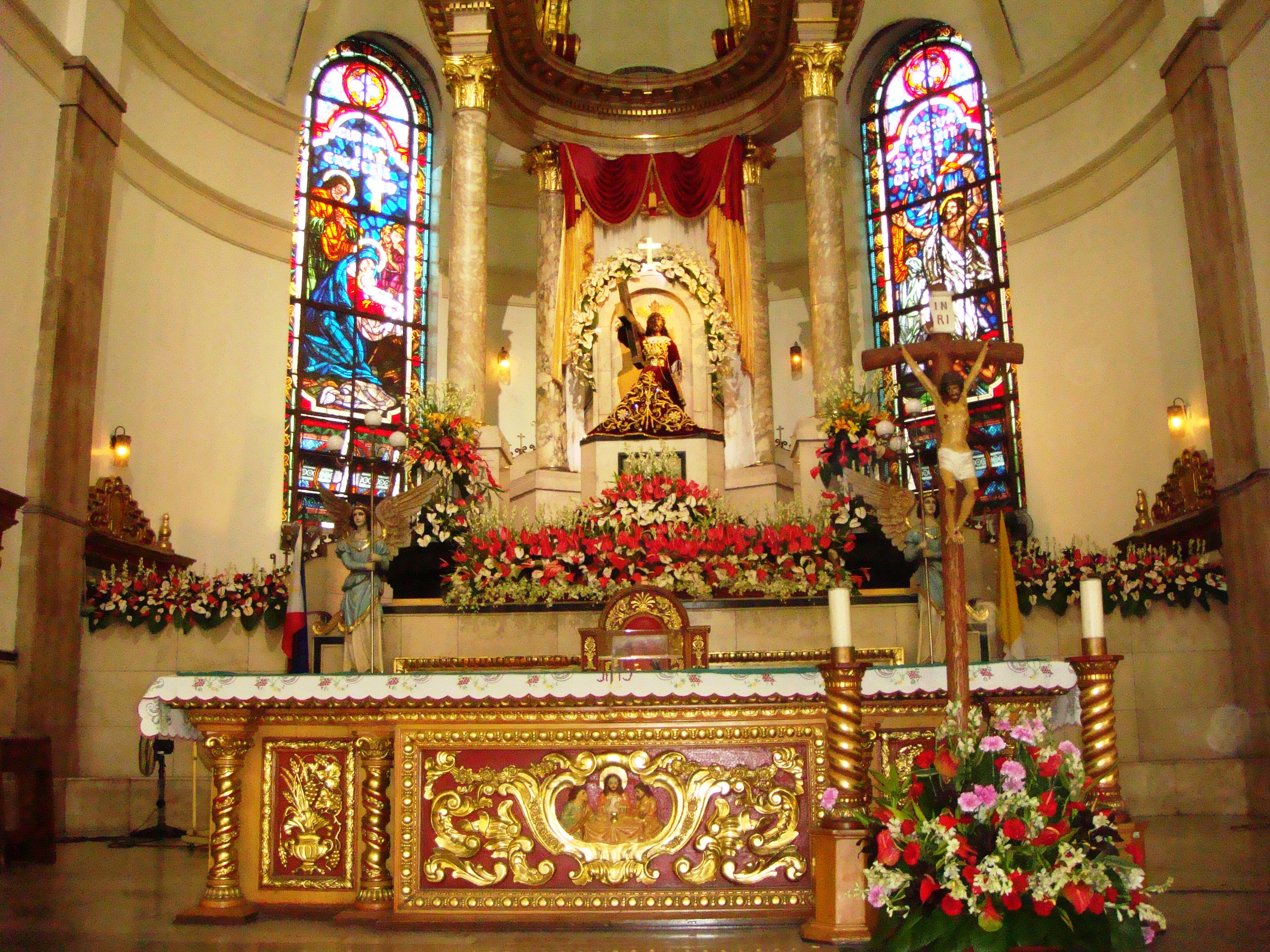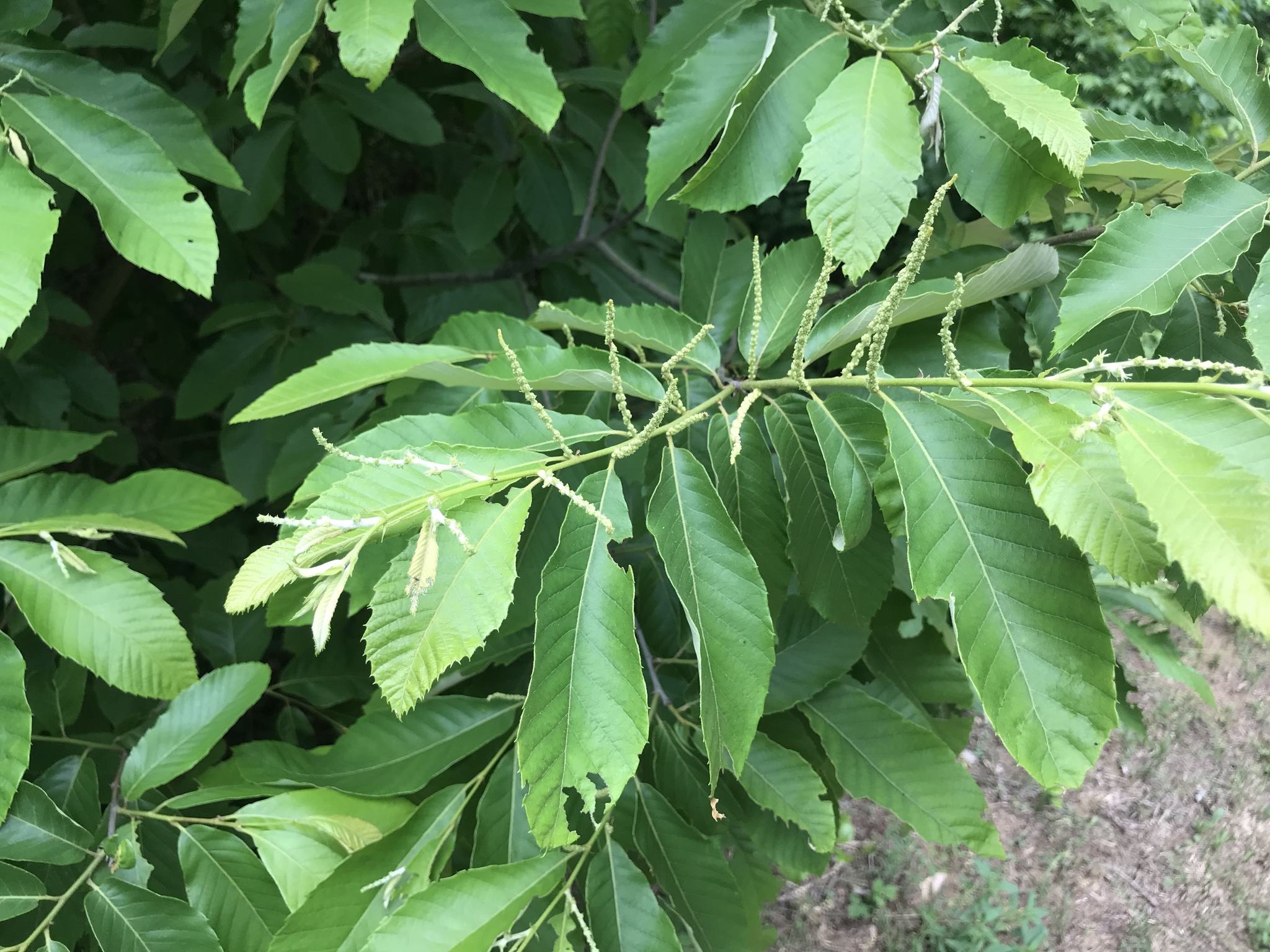|
Maroon
Maroon ( US/ UK , Australia ) is a brownish crimson color that takes its name from the French word ''marron'', or chestnut. "Marron" is also one of the French translations for "brown". According to multiple dictionaries, there are variabilities in defining the color maroon. The ''Cambridge English Dictionary'' defines maroon as a dark reddish-purple color while its "American Dictionary" section defines maroon as dark brown-red. This suggests slight perceptual differences in the U.K. versus North America. Lexico online dictionary defines maroon as a brownish-red. Similarly, Dictionary.com defines maroon as a dark brownish-red. The ''Oxford English Dictionary'' describes maroon as "a brownish crimson (strong red) or claret (purple color) color," while the Merriam-Webster online dictionary simply defines it as a dark red. In the sRGB color model for additive color representation, the web color called maroon is created by turning down the brightness of pure red to about ... [...More Info...] [...Related Items...] OR: [Wikipedia] [Google] [Baidu] |
Flag Of Qatar
The national flag of Qatar ( ar, علم قطر) is in the ratio of 11:28. It is maroon with a broad white serrated band (nine white points) on the hoist side. It was adopted shortly before the country declared independence from Britain on 3 September 1971. The flag is very similar to the flag of the neighbouring country Bahrain, which has fewer points, a 3:5 proportion, and a red colour instead of maroon. Qatar's flag is the only national flag having a width more than twice its height. History Qatar's historic flag was plain red, in correspondence with the red banner traditionally used by the Kharjite leader Qatari ibn al-Fuja'a. In the 19th century, the country modified its entirely red flag with the addition of a white vertical stripe at the hoist to suit the British directive. After this addition, Sheikh Mohammed bin Thani officially adopted a patterned purple-red and white flag which bore a strong resemblance to its modern derivative. Several additions were made to the Qa ... [...More Info...] [...Related Items...] OR: [Wikipedia] [Google] [Baidu] |
Flag Of Sri Lanka
The flag of Sri Lanka ( si, ශ්රී ලංකාවේ ජාතික කොඩිය, translit=Śrī Laṃkāvē jāthika kodiya; ta, இலங்கையின் தேசியக்கொடி, translit=Ilankaiyin teciyakkoṭi), also called the ''Sinha'' Flag or Lion Flag, consists of a golden lion holding a ''kastane'' sword in its right fore-paw in a maroon background with four gold bo leaves, one in each corner. This is bordered by gold, and to its left are two vertical stripes of equal size in teal and orange, with the orange stripe closest to the lion. The lion and the maroon background represent the Sinhalese, while the saffron border and four bo leaves represent concepts of '' mettā'', ''karuṇā'', '' muditā'' and '' upekshā'' respectively. The stripes represent the country's two largest minorities, with the orange representing the Tamils living in Sri Lanka – both the Sri Lankan Tamils and the Indian Tamils of Sri Lanka – and the green stri ... [...More Info...] [...Related Items...] OR: [Wikipedia] [Google] [Baidu] |
Flag Of Phoenix
The flag of Phoenix, Arizona, is the official municipal flag of Phoenix, Arizona. Its current design is a maroon field with a white phoenix emblem in the center. The design is the second in the city's history and has been in place since 1990, replacing a flag that was adopted in 1921. Design and symbolism The flag is of 5:9 proportion and consists of a maroon background (officially PMS 228) and a white phoenix in the center of the flag, the same icon used in the Seal of Phoenix. The bird's wings curve upward to nearly complete a full circle, with a diameter of one-third the length of the flag. In Greek, "phoenix" means purple, a fact reflected in the color choice for the flag. The mythological phoenix is the namesake of the city, suggested by Darrell Duppa in 1868, because it described a city born from the ruins of former Native American civilizations. History First flag Phoenix's first flag was designed for a contest organized by the Phoenix Chamber of Commerce in 1921. Th ... [...More Info...] [...Related Items...] OR: [Wikipedia] [Google] [Baidu] |
Black Nazarene
The Black Nazarene ( es, El Nazareno Negro, Nuestro Padre Jesús Nazareno; fil, Poóng Itím na Nazareno, Hesus Nazareno) is a life-sized image of a dark-skinned, kneeling Jesus Christ carrying the Cross enshrined in the Minor Basilica of the Black Nazarene in the Quiapo district of the City of Manila, Philippines. The dark wooden image was carved by an anonymous Mexican artist in the 16th century and then brought to the Philippines in 1606. It depicts Jesus en route to his crucifixion. Pope Innocent X granted recognition to the lay Confraternity of Santo Cristo Jesús Nazareno in 1650 for the promotion of the devotion to Jesus through the icon. It was housed in various churches near Manila in the early decades, arriving in Quiapo Church in 1787 where it has been enshrined ever since. The icon is renowned in the Philippines and is considered by many Filipino Catholics to be miraculous; its mere touch is reputed to cure disease. It attracts homage from numerous devotees, ... [...More Info...] [...Related Items...] OR: [Wikipedia] [Google] [Baidu] |
Chestnut02
The chestnuts are the deciduous trees and shrubs in the genus ''Castanea'', in the beech family Fagaceae. They are native to temperate regions of the Northern Hemisphere. The name also refers to the edible nuts they produce. The unrelated horse chestnuts (genus ''Aesculus'') are not true chestnuts, but are named for producing nuts of similar appearance that are mildly poisonous to humans. True chestnuts should also not be confused with water chestnuts, which are tubers of an aquatic herbaceous plant in the sedge family Cyperaceae. Other species commonly mistaken for chestnut trees are the chestnut oak (''Quercus prinus'') and the American beech (''Fagus grandifolia''),Chestnut Tree in chestnuttree.net. both of which are also in the Fagaceae family. |
Australian English
Australian English (AusE, AusEng, AuE, AuEng, en-AU) is the set of varieties of the English language native to Australia. It is the country's common language and ''de facto'' national language; while Australia has no official language, English is the first language of the majority of the population, and has been entrenched as the ''de facto'' national language since European settlement, being the only language spoken in the home for 72% of Australians. It is also the main language used in compulsory education, as well as federal, state and territorial legislatures and courts. Australian English began to diverge from British and Irish English after the First Fleet established the Colony of New South Wales in 1788. Australian English arose from a dialectal 'melting pot' created by the intermingling of early settlers who were from a variety of dialectal regions of Great Britain and Ireland, though its most significant influences were the dialects of Southeast England. By ... [...More Info...] [...Related Items...] OR: [Wikipedia] [Google] [Baidu] |
Chestnut
The chestnuts are the deciduous trees and shrubs in the genus ''Castanea'', in the beech family Fagaceae. They are native to temperate regions of the Northern Hemisphere. The name also refers to the edible nuts they produce. The unrelated horse chestnuts (genus ''Aesculus'') are not true chestnuts, but are named for producing nuts of similar appearance that are mildly poisonous to humans. True chestnuts should also not be confused with water chestnuts, which are tubers of an aquatic herbaceous plant in the sedge family Cyperaceae. Other species commonly mistaken for chestnut trees are the chestnut oak (''Quercus prinus'') and the American beech ('' Fagus grandifolia''),Chestnut Tree in chestnuttree.net. both of which are also in the Fagaceae family. |
Brown
Brown is a color. It can be considered a composite color, but it is mainly a darker shade of orange. In the CMYK color model used in printing or painting, brown is usually made by combining the colors orange and black. In the RGB color model used to project colors onto television screens and computer monitors, brown combines red and green. The color brown is seen widely in nature, wood, soil, human hair color, eye color and skin pigmentation. Brown is the color of dark wood or rich soil. According to public opinion surveys in Europe and the United States, brown is the least favorite color of the public; it is often associated with plainness, the rustic, feces, and poverty. More positive associations include baking, warmth, wildlife, and the autumn. Etymology The term is from Old English , in origin for any dusky or dark shade of color. The first recorded use of ''brown'' as a color name in English was in 1000. The Common Germanic adjectives ''*brûnoz and *brûnâ'' meant ... [...More Info...] [...Related Items...] OR: [Wikipedia] [Google] [Baidu] |
Catholic Church In The Philippines
, native_name_lang = , image = Front view of The Cathedral in Intramuros, Manila.jpg , imagewidth = 250px , alt = , caption = Minor Basilica of the Immaculate Concepcion , abbreviation = , type = National polity , main_classification = Catholic , orientation = Christianity , scripture = Bible , theology = Catholic theology , polity = , governance = Catholic Bishops' Conference of the Philippines , structure = , leader_title = Pope , leader_name = , leader_title1 = President , leader_name1 = Pablo Virgilio S. David , leader_title2 = Apostolic Nuncio , leader_name2 = Charles John Brown , leader_title3 = , leader_name3 = , fellowships_type = , fellowships = , fellowships_type1 = , fellowships1 = , division_type = , division = , division_type1 ... [...More Info...] [...Related Items...] OR: [Wikipedia] [Google] [Baidu] |
Philippines
The Philippines (; fil, Pilipinas, links=no), officially the Republic of the Philippines ( fil, Republika ng Pilipinas, links=no), * bik, Republika kan Filipinas * ceb, Republika sa Pilipinas * cbk, República de Filipinas * hil, Republika sang Filipinas * ibg, Republika nat Filipinas * ilo, Republika ti Filipinas * ivv, Republika nu Filipinas * pam, Republika ning Filipinas * krj, Republika kang Pilipinas * mdh, Republika nu Pilipinas * mrw, Republika a Pilipinas * pag, Republika na Filipinas * xsb, Republika nin Pilipinas * sgd, Republika nan Pilipinas * tgl, Republika ng Pilipinas * tsg, Republika sin Pilipinas * war, Republika han Pilipinas * yka, Republika si Pilipinas In the recognized optional languages of the Philippines: * es, República de las Filipinas * ar, جمهورية الفلبين, Jumhūriyyat al-Filibbīn is an archipelagic country in Southeast Asia. It is situated in the western Pacific Ocean and consists of around 7,641 islands t ... [...More Info...] [...Related Items...] OR: [Wikipedia] [Google] [Baidu] |
Dalai Lama
Dalai Lama (, ; ) is a title given by the Tibetan people to the foremost spiritual leader of the Gelug or "Yellow Hat" school of Tibetan Buddhism, the newest and most dominant of the four major schools of Tibetan Buddhism. The 14th and current Dalai Lama is Tenzin Gyatso, who lives as a refugee in India. The Dalai Lama is also considered to be the successor in a line of tulkus who are believed to be incarnations of Avalokiteśvara, the Bodhisattva of Compassion. Since the time of the 5th Dalai Lama in the 17th century, his personage has always been a symbol of unification of the state of Tibet, where he has represented Buddhist values and traditions. The Dalai Lama was an important figure of the Geluk tradition, which was politically and numerically dominant in Central Tibet, but his religious authority went beyond sectarian boundaries. While he had no formal or institutional role in any of the religious traditions, which were headed by their own high lamas, he was a unify ... [...More Info...] [...Related Items...] OR: [Wikipedia] [Google] [Baidu] |
Buddhist Monasticism
Buddhist monasticism is one of the earliest surviving forms of organized monasticism and one of the fundamental institutions of Buddhism. Monks and nuns, called bhikkhu (Pali, Skt. bhikshu) and bhikkhuni (Skt. bhikshuni), are responsible for the preservation and dissemination of the Buddha's teaching and the guidance of Buddhist lay people. Three surviving traditions of monastic discipline (Vinaya), govern modern monastic life in different regional traditions: Theravada (Sri Lanka and Southeast Asia), Dharmaguptaka (East Asia), and Mulasarvastivada (Tibet and the Himalayan region). History and development Buddhism originated as a renunciant tradition, practiced by ascetics who had departed from lay life. According to Buddhist tradition, the order of monks and nuns was founded by Gautama Buddha during his lifetime between the fifth and fourth centuries BCE when he accepted a group of fellow renunciants as his followers. The Buddhist monastic lifestyle grew out of the lif ... [...More Info...] [...Related Items...] OR: [Wikipedia] [Google] [Baidu] |





_(14582245888).jpg)
